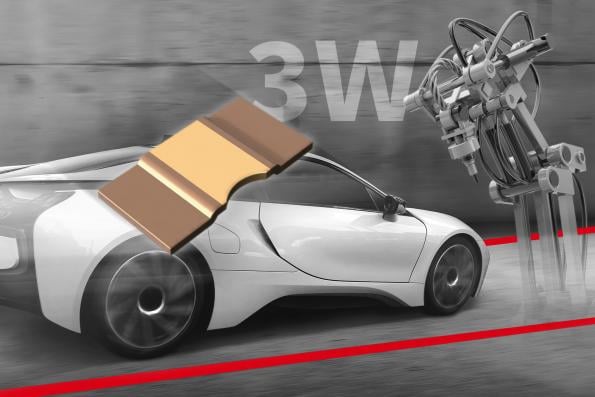
Shunt resistors are widely used for current measurement in various electrical systems. However, like any other measurement technique, shunt resistor installations can encounter challenges that may affect accuracy and reliability. This blog post aims to discuss some common challenges faced during shunt resistor installations and provide troubleshooting methods to overcome these issues.
1. Thermal Effects:
One of the primary challenges with shunt resistor installations is the generation of heat due to power dissipation. Excessive heat can lead to resistance changes and affect measurement accuracy. Here are some troubleshooting methods to address thermal effects:
a. Heat Sink: Ensure proper heat dissipation by attaching a suitable heat sink to the shunt resistor. This will help in maintaining a stable temperature and minimizing resistance variations.
b. Airflow: Improve airflow around the shunt resistor by positioning it away from heat-generating components or using fans to enhance heat dissipation.
c. Correct Shunt Resistor Selection: Choose a shunt resistor with an appropriate power rating to handle the expected current levels without overheating.
2. Electrical Noise:
Electrical noise can interfere with the signal being measured, resulting in inaccurate readings. Troubleshooting methods to mitigate electrical noise include:
a. Shielding: Use shielded cables to minimize electromagnetic interference (EMI) from nearby power lines or other electronic devices.
b. Grounding: Ensure proper grounding for the shunt resistor and associated cables to reduce the impact of electrical noise.
c. Filtering: Implement low-pass filters to eliminate high-frequency noise that can affect the measurement signal.
3. High Current Measurements:
Shunt resistors have limitations in high-current measurements due to power dissipation and voltage drop considerations. Troubleshooting methods for high-current measurements include:
a. Parallel Shunt Resistors: Use multiple shunt resistors in parallel to distribute the power dissipation and reduce the overall voltage drop.
b. Current Amplification: Implement a current amplifier circuit to amplify the voltage generated across the shunt resistor, allowing for accurate measurements in higher current ranges.
4. Contact Resistance:
Poor contact between the shunt resistor and connecting cables can introduce resistance variations and affect measurement accuracy. Troubleshooting methods to address contact resistance issues include:
a. Clean Contacts: Regularly clean and inspect the shunt resistor and connector surfaces to remove any dirt or oxidation that may hinder proper electrical contact.
b. Tightening Connections: Ensure all connections are securely tightened to minimize resistance variations.
c. Connector Selection: Choose high-quality connectors that provide reliable and low-resistance connections.
Conclusion:
Shunt resistor installations for current measurement can encounter challenges that impact measurement accuracy and reliability. By understanding common issues such as thermal effects, electrical noise, high current measurements, and contact resistance, engineers can implement appropriate troubleshooting methods to mitigate these challenges. Proper selection of shunt resistors, careful installation techniques, and attention to environmental factors are crucial to ensure accurate current measurements in various electrical systems.
-
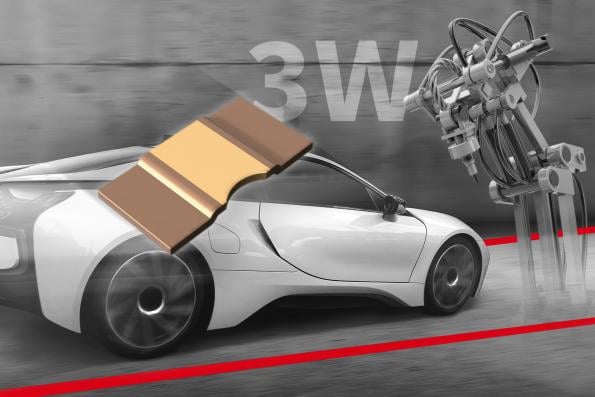
Emerging Trends and Advanceme
Shunt resistors play a crucial role in current sensing and measurement applicati...
2023-10-31 view+ -
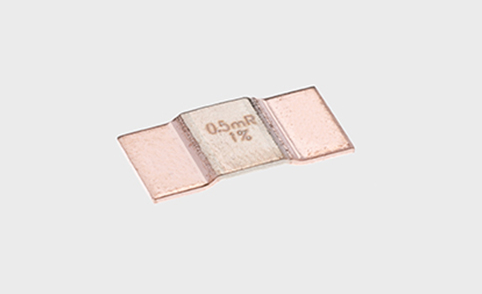
Comparison between SMD Shunts
Comparison between SMD Shunts and Current Sensors: Contrasting the Advantages, D...
2023-12-11 view+ -
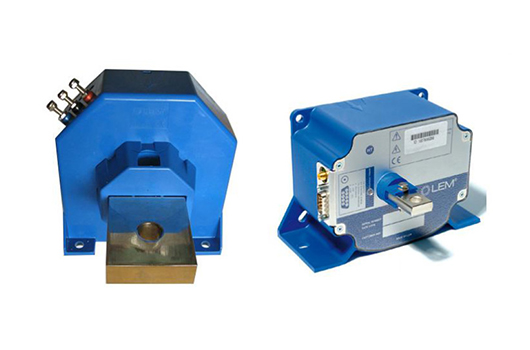
Current sensor
The traditional closed-loop current sensing technology is widely used in industr...
2023-04-02 view+ -
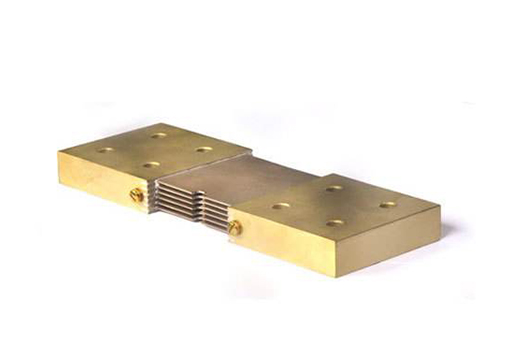
Power shunts
A power divider is an electronic component widely used in electronic circuits. I...
2023-05-20 view+


